We recommend selling your digital products on Shopify, an easy-to-use and highly customizable ecommerce platform. Get started with a 14-day free trial.
Selling digital products is a smart way to make money online. For instance, 45% of bloggers that earn $50,000+ per year sell their own service or product, compared to just 8% of lower earners. Bloggers, freelancers, entrepreneurs, and the like sell digital products to receive a regular, reliable income stream.
Here you’ll learn how to come up with a profitable digital product idea, set up your online store for success, and ultimately sell a ton of digital products.
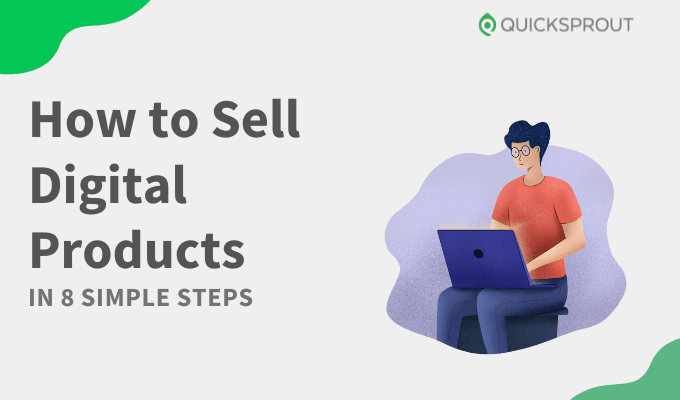
The 5 Best Ecommerce Platforms For Selling Digital Products
You need an online store to sell digital products. It’s the best way to create a lasting brand that customers return to. It also prevents digital product marketplaces from eating into your profits with seller’s fees.
Take a look at our list of the best ecommerce platforms on which to sell digital products. Here’s a quick rundown of the top five tools:
- Shopify – Best all-around ecommerce platform
- Wix – Best for stores with fewer than 100 products
- BigCommerce – Best for large inventories
- Squarespace – Best for cornering a niche market
- Zyro – Best price for a full online store
Sell Digital Products in 8 Easy Steps
Selling digital products successfully is all in the setup. Lay the right foundations, and you’ll create a product your target audience wants. Here are the eight steps to sell digital products:
- Sign Up for Shopify
- Select a Profitable Niche
- Understand the Types of Digital Products
- Research Your Audience
- Test Your Product Idea
- Set Up Your Online Store
- Market Your Digital Product
- Set Up a Sales Funnel
Step 1: Sign Up for Shopify
Shopify is great for newbies and advanced users alike. It’s cheap and easy to set up. Given that it’s so customizable, with 8,000 apps to boot, you can start small and scale up as you please.
Head to Shopify to sign up for your 14-day free trial. First, you’ll take a short quiz to assess your business needs and help you get the most from Shopify.
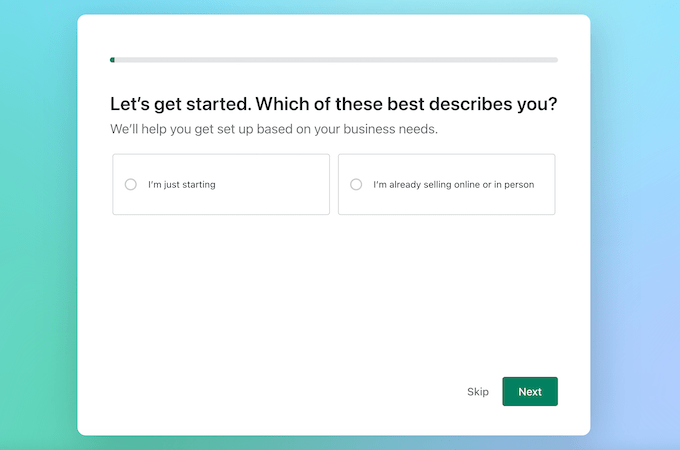
Next, provide a name for your store.
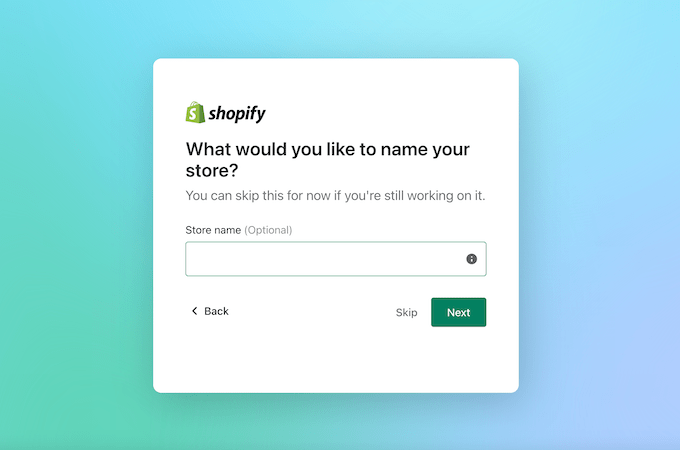
This produces a temporary URL featuring your store’s name as a subdomain, e.g., jeffsebooks.myshopify.com. You won’t be able to change this URL. You can, however, purchase a custom domain name to replace it later.
Then, input your online store’s location and set up login details for your Shopify account. That’s all it takes to sign up for Shopify. Select a plan that best suits your business goals at the end of your free trial.
Step 2: Select a Profitable Niche
If you’re starting from scratch, choose a niche in which to specialize. This is an important step, as Forbes Business Council’s Roger David says, “Finding your niche is about determining the focus of your business and then working to hone your skill set or product. This helps you refine your offerings and build the expertise that gives you the legs to withstand the test of time.”
To find a niche that’s guaranteed to be profitable, research products that are already selling. For instance, go to a digital product marketplace like the online course store Udemy. Here you see precisely how many users have taken courses in each niche:
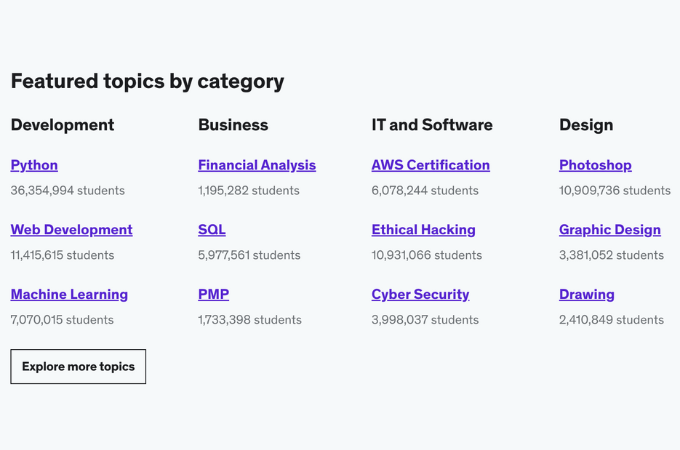
Python is clearly popular, with over 36 million students. Click on the topic to go a step further and see which subtopics are most popular with students.
Sorted by popularity, the top Python courses are on coding for beginners and machine learning:
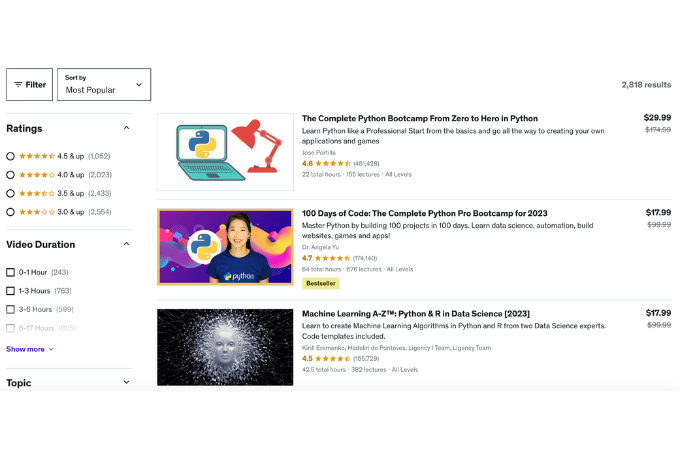
These steps allow you to niche down and get specific with your area of expertise.
You can take similar steps for different types of digital products or niches. For instance, go to Amazon and look at the bestselling ebooks in different categories or Etsy to see what kind of digital downloads sell the most.
Step 3: Understand the Types of Digital Products
Digital products tend to fall into one of four categories. It makes sense to choose a proven model. You know there’s a market for the type of product and established resources to help you create and sell your digital product.
Licensed Products
License your art or digital creations to others to incorporate into their own materials. For example, Artlist.io sells stock music, footage, sound effects, and so on to video content creators:
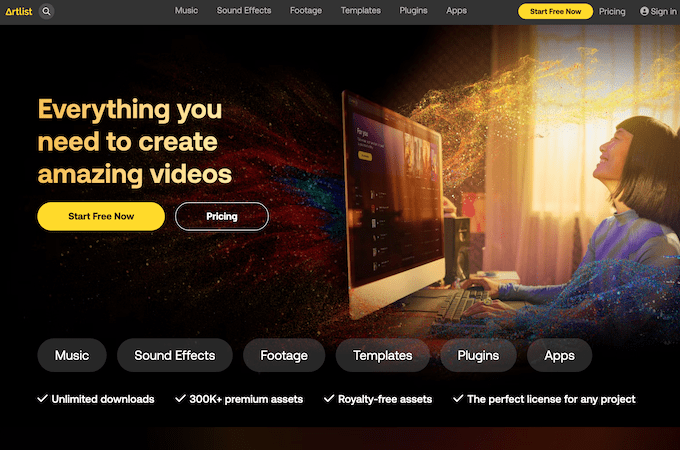
Educational Products
Create digital products for people who want to improve their skills or learn something new, e.g. an ebook or online course. How To Cake It, for instance, sells both physical products in the form of baking utensils and tools as well as digital products in the form of ebooks and baking masterclasses:
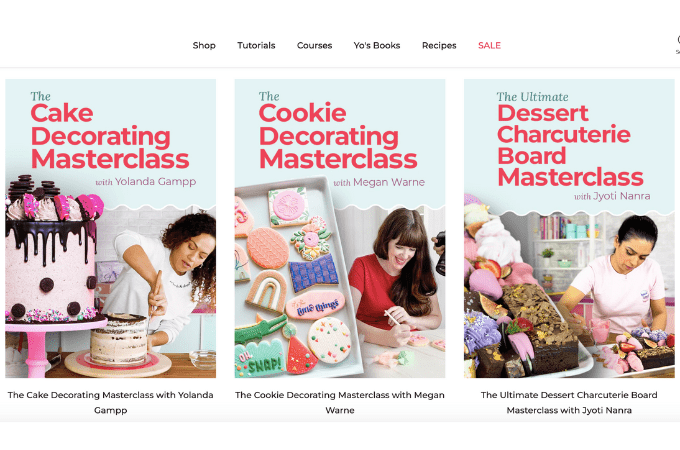
Memberships
Sell exclusive access to a membership site, community, or newsletter. Given that you can access so much online for free nowadays, you have to make the membership worthwhile, for instance, with premium content or one-on-one coaching. To give you an example, this yoga community gives members new and exclusive content each month and ongoing access to a “spiritual toolkit”:

Templates
Sell templates, mockups, samples, and the like from which users create their own materials or documents. There are lots of opportunities here, from design elements to legal documents. For example, UX Kits is a company that sells wireframes to website, software, and app designers:
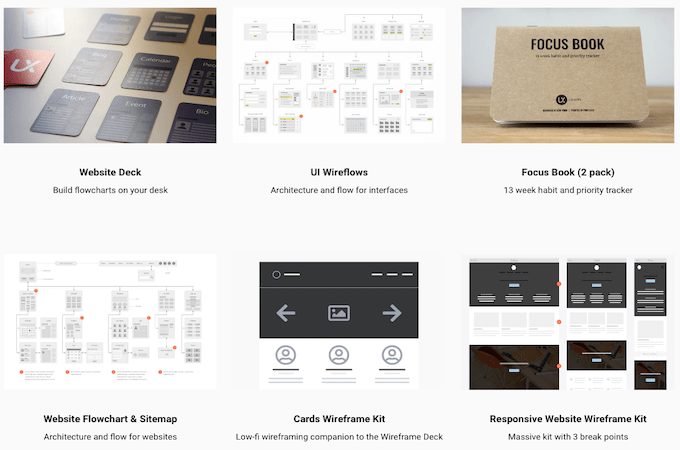
Step 4: Research Your Audience
Narrow down your digital product idea through audience research. 51% of consumers say they form relationships with brands that understand them and their needs.
By understanding your audience, you’re more likely to create a product catered to them and create loyal customers. Come up with a digital product idea that solves a pain point. For instance, hiring an accountant is expensive for small businesses, so you could sell bookkeeping templates to enable them to do their accounting themselves.
To find pain points for your audience, go to relevant social media pages, forums, review sites, Q&A sites, etc. See what issues come up time and again.
For example, a Quora search for “small business accounting” turns up several key issues, such as cybersecurity, streamlining processes, and choosing accounting software:
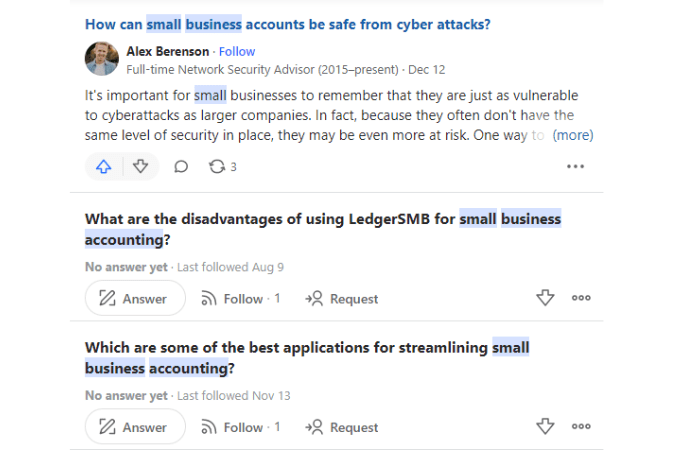
Step 5: Test Your Product Idea
Once you have a digital product idea, you need to know if there’s a market for it before you waste your time, effort, and budget. If the product isn’t quite the right fit, you can pivot. After all, 42% of startups fail as there’s no market need for their product or service.
One option is to create a prototype or mini version of your digital product before you go all in. For example, you may write the first chapter of your ebook or create a webinar on the topic of your online course.
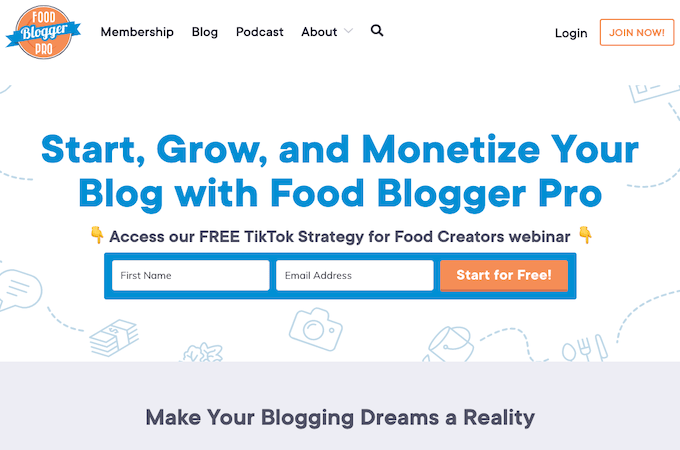
Offer it to a test group that represents your audience. Survey them afterward to determine whether it’s likely to meet their needs and find areas needing improvement.
Similarly, you could create a landing page outlining your digital product. Allow users to sign up for a waiting list pre-launch. The number of signups will help you gauge consumer’s level of interest in your product.
Step 6: Set Up Your Online Store
As you’ll see, setting up a Shopify store to sell digital products is quick and simple. Choose a theme from the Shopify web store for a readymade, professional-looking design.
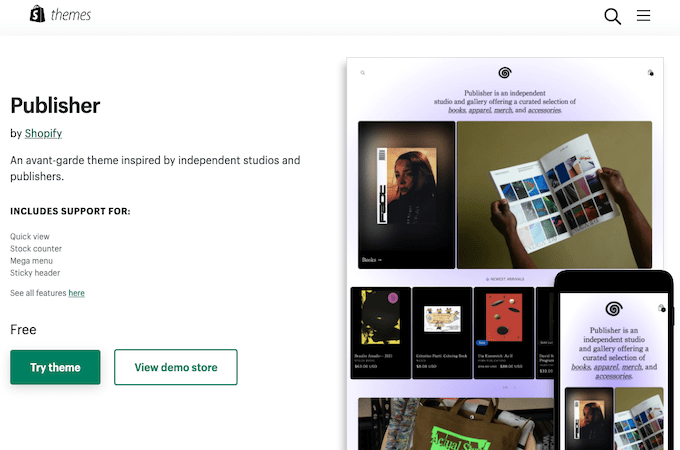
Add your first pages, e.g., Home, About, and Contact, to build credibility for your store and your brand. Remember that modern consumers want to buy from people, not just a faceless company, so personalize your site and branding.
Then install the Digital Downloads app from the Shopify app store so you’ll be able to sell digital products.
Configure the app’s settings according to your preferences. For instance, you can choose automatic fulfillment, in which users automatically receive a download link upon purchase. Then you’re ready to add your first digital product:
- On the Shopify dashboard, go to Products and select Add product.
- Enter a product title, description, and price.
- In the Shipping section, uncheck the box labeled “This is a physical product” and click Save.
- Click More actions under the product title, then Add digital file.
- You’ll now be on the Digital Downloads page.
- Click Add files, upload your file, and hit Publish.
Step 7: Market Your Digital Product
You need to use marketing strategies to get the word out about your digital product. Drive traffic to your Shopify store so that users will enter your sales funnel.
Utilize SEO so people can find you through a Google search. Optimize the content on your site using keywords, i.e., the terms and phrases people enter into the search engines. For instance, they might look up “resume templates for Google Docs.” Also, make sure your site is technically sound. Google rewards sites that load quickly and are user-friendly.
Paid ads are another great way to draw visitors to your site. They garner immediate results, while SEO takes time to have an impact. Google Ads places your link at the top of the search results:
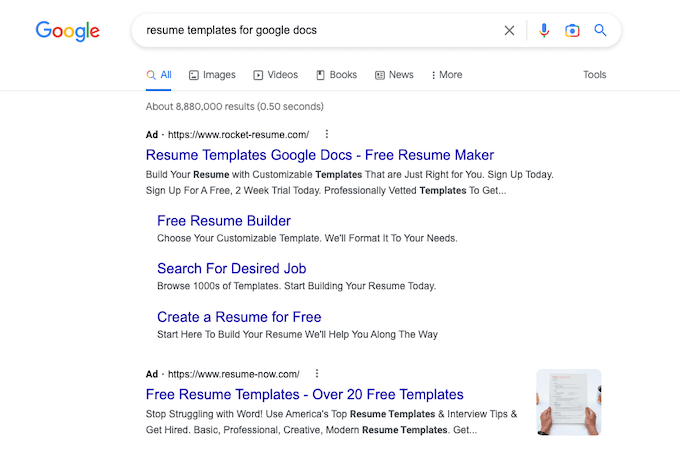
Bear in mind you’ll need a substantial budget to take the paid route.
Social media is one of the best ways to build a loyal following over time. The platforms you use to target users depend on your niche and where your audience spends their time. LinkedIn, for instance, would be a good spot to target industry professionals, while Pinterest is perfect for targeting hobbyists.
Step 8: Set Up a Sales Funnel
96% of the people that come to your online store won’t be ready to buy yet. Therefore, you’ll need to do more to guide users along the path to purchase, which is where a defined sales funnel comes in handy.
A marketing and sales funnel looks like this:
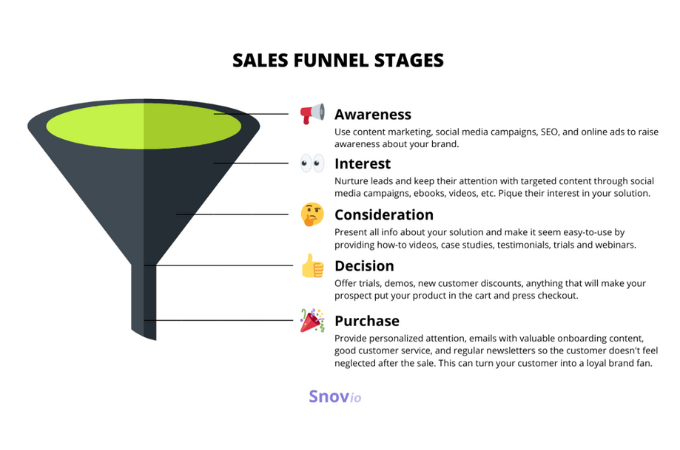
Marketing strategies, such as SEO and social media content, raise awareness and garner interest for your digital product in the early stages of the funnel. When users reach the middle of the funnel, the consideration and decision-making stages, you’ll employ different tactics, for example, offering a freebie to get users to sign up for your email list.
Once they’re a part of your email list, use an email drip campaign to nurture and convince the user to buy. For instance, you may send out a case study or success story. The final email in your sequence presents a call-to-action in which you encourage users to buy.
Final Thoughts About Selling Digital Products
Selling digital products is a lucrative venture for freelancers, bloggers, content creators, and online entrepreneurs. Create a digital product once and continue earning a steady income. Ecommerce platforms like Shopify allow you to easily sell digital products online. Getting set up is incredibly simple with the help of readymade designs and useful apps.
The best digital products involve a specialist topic or niche. Come up with a profitable digital product idea through extensive research, product validation, and target audience analysis. With an understanding of your audience, you can market to them on platforms they frequent. Then guide them through your sales funnel to get conversions.
https://www.quicksprout.com/how-to-sell-digital-products/
No comments:
Post a Comment